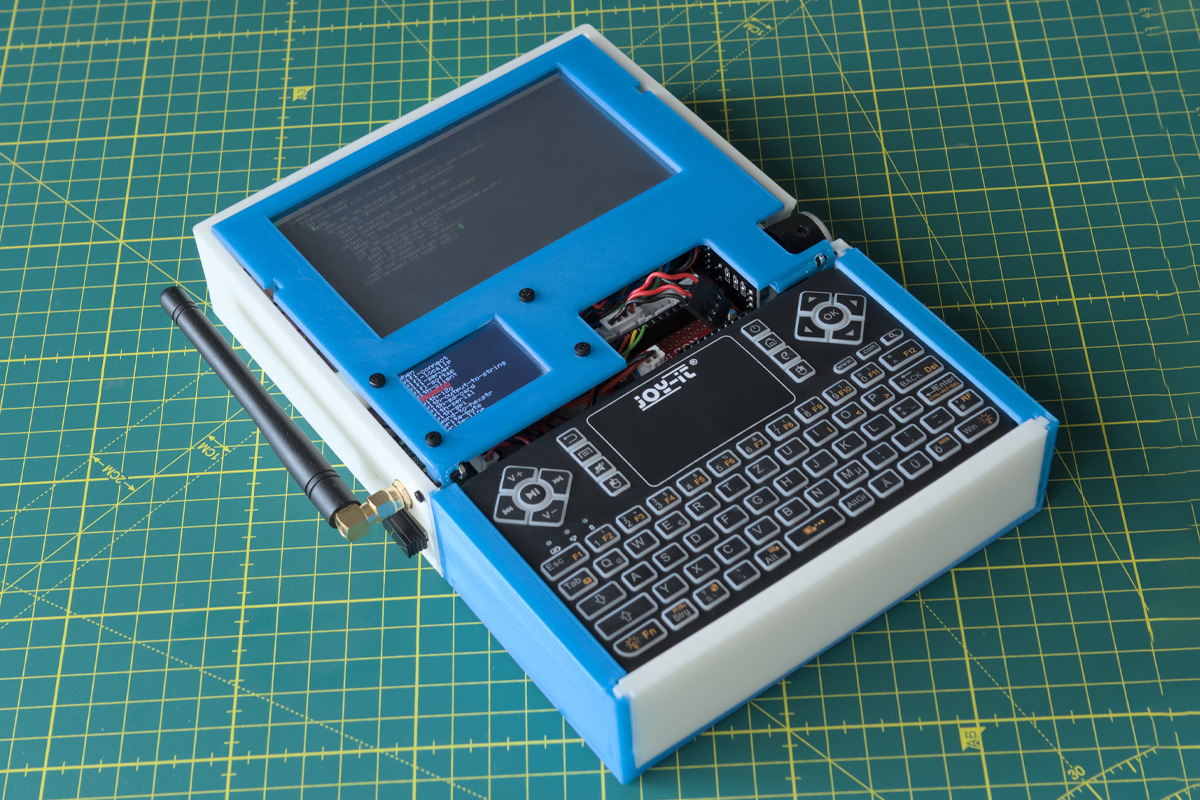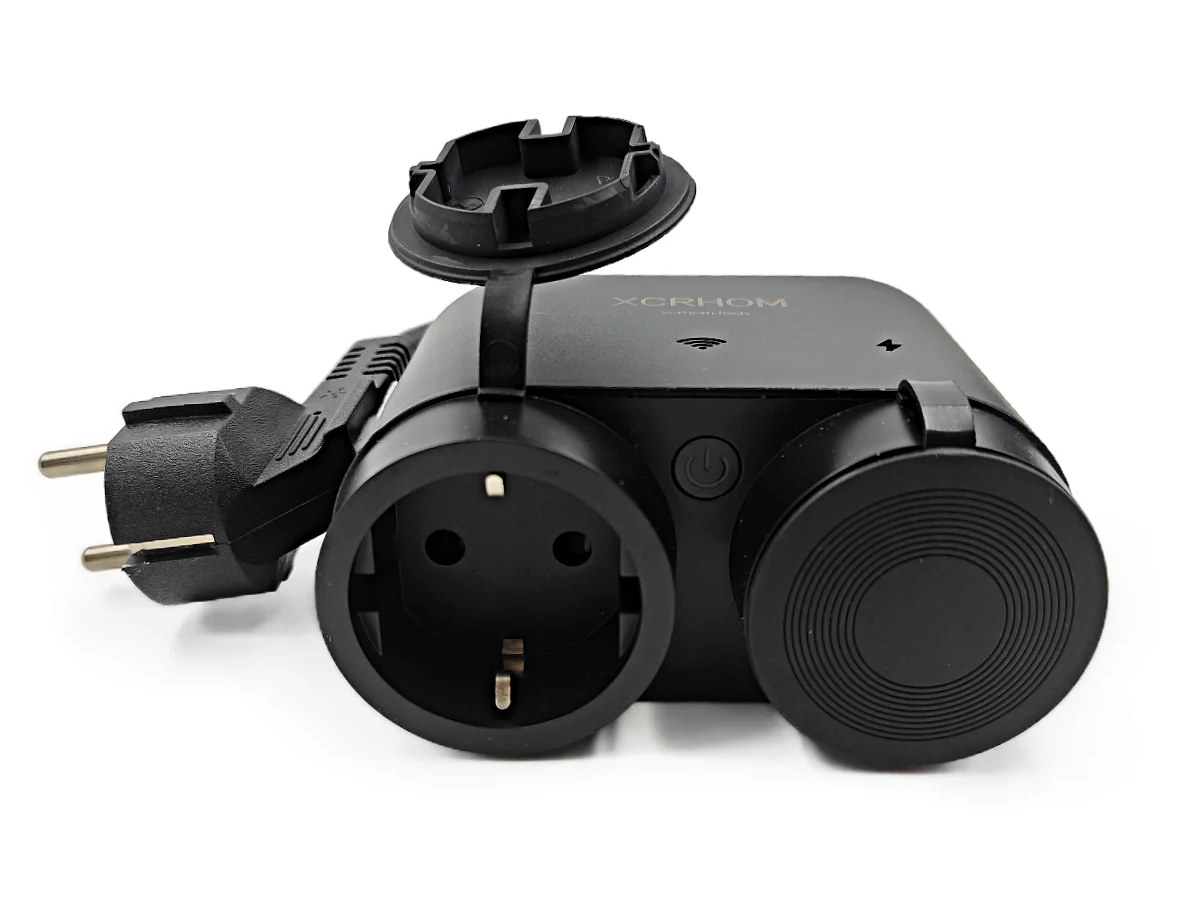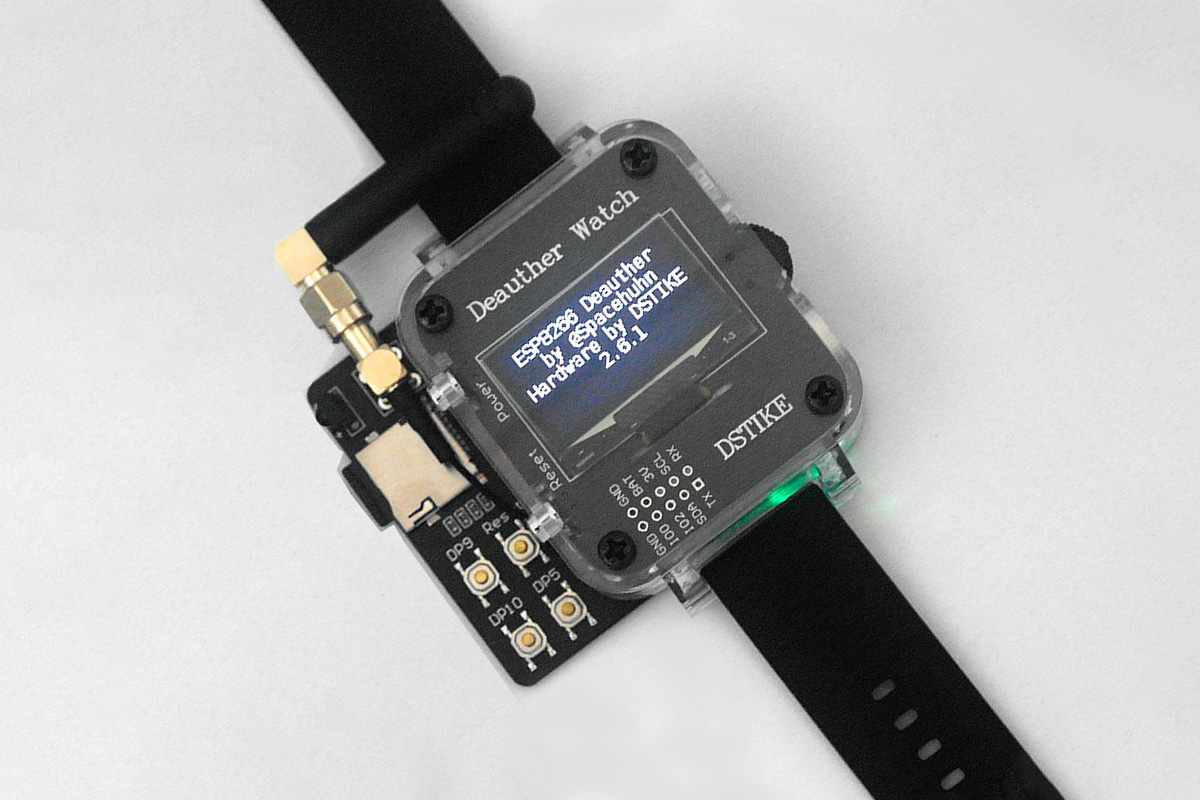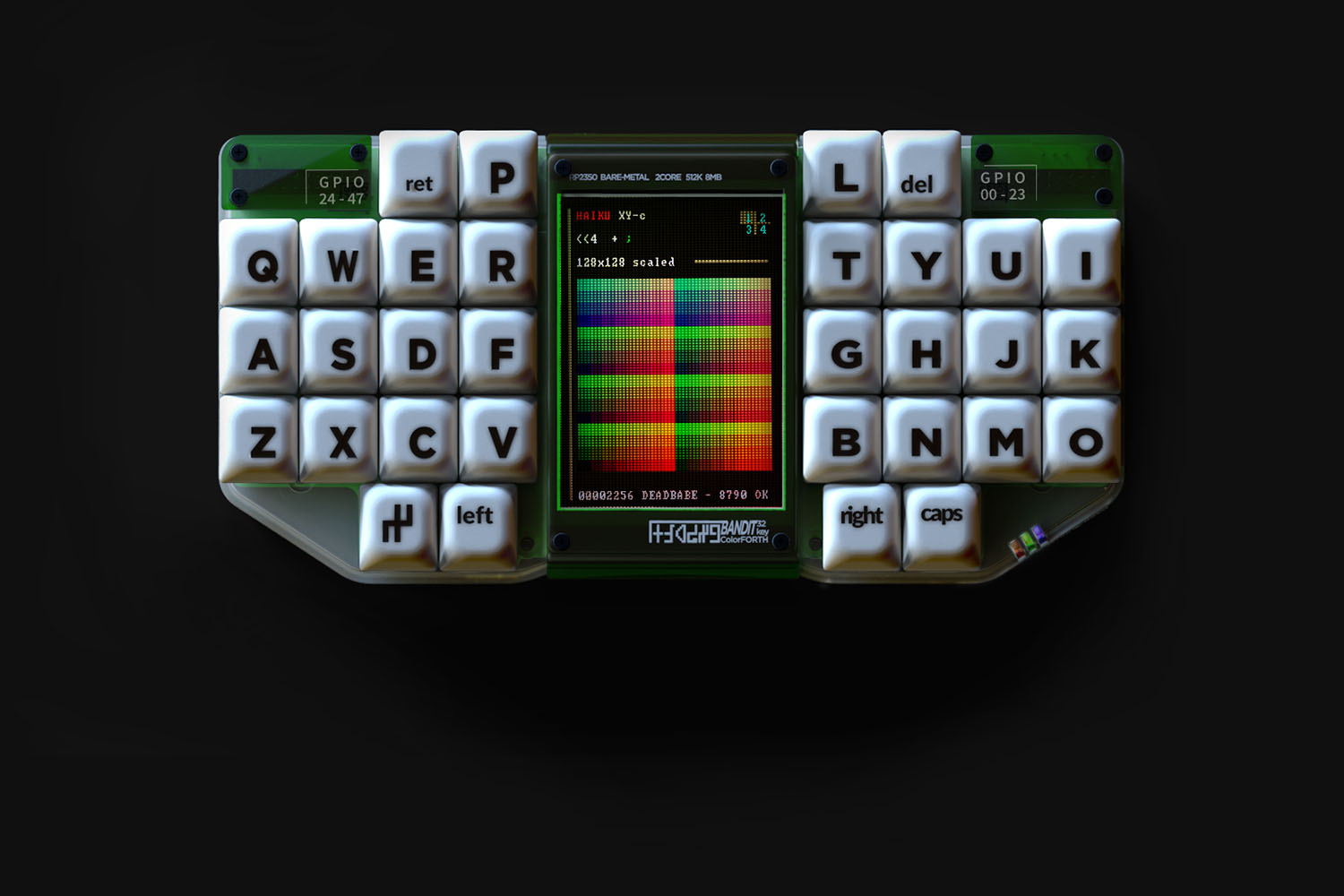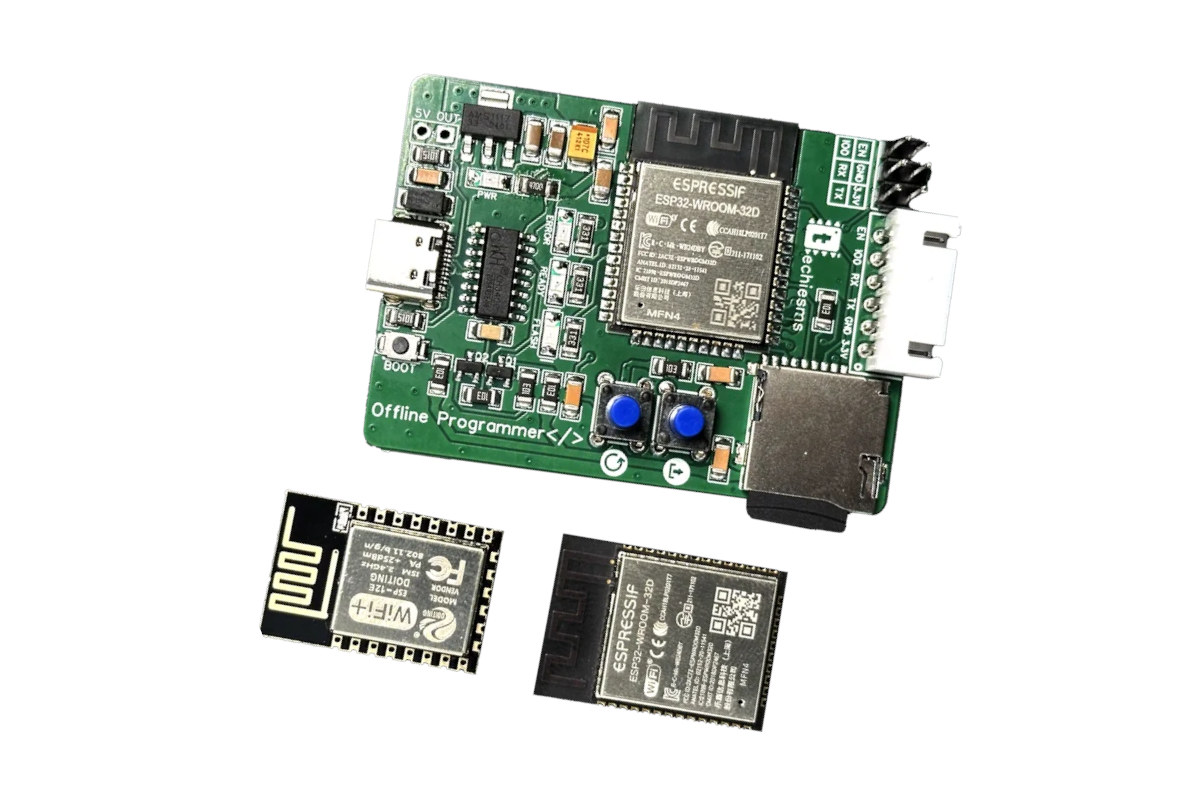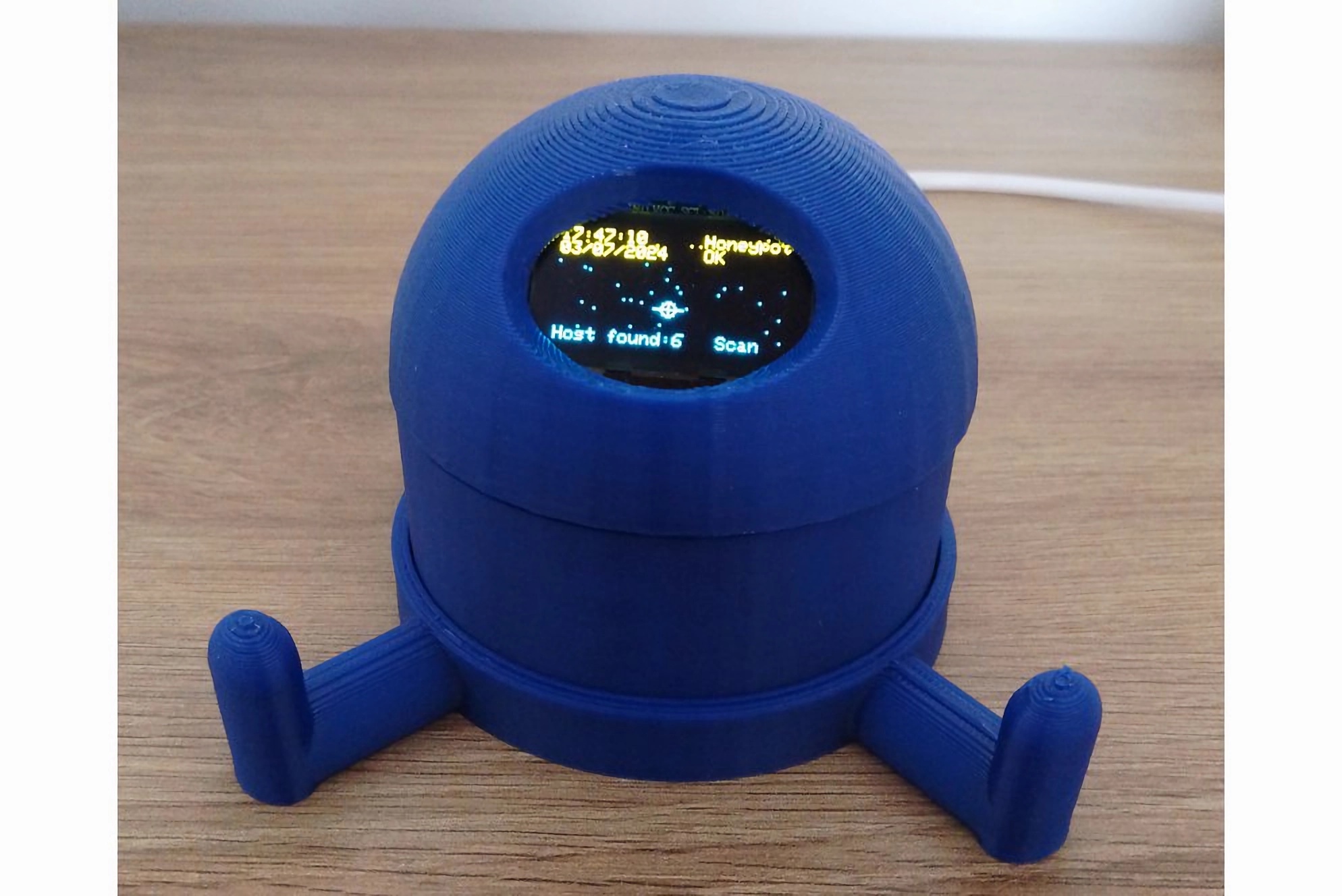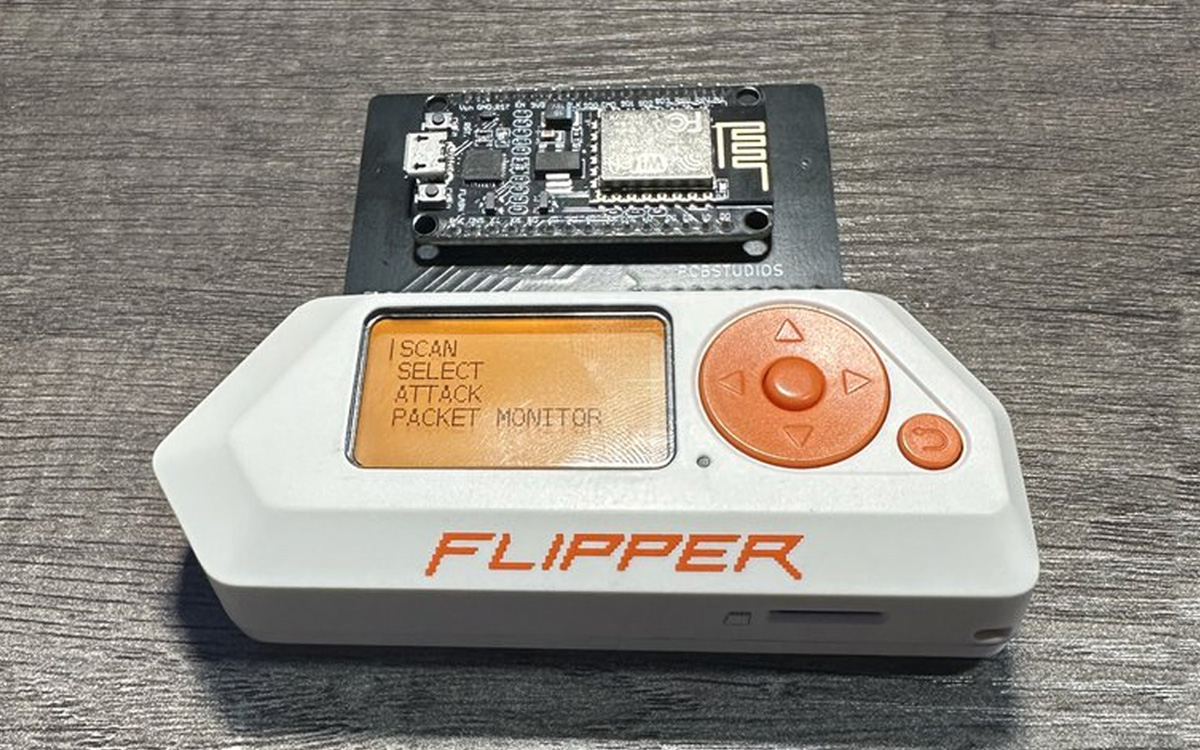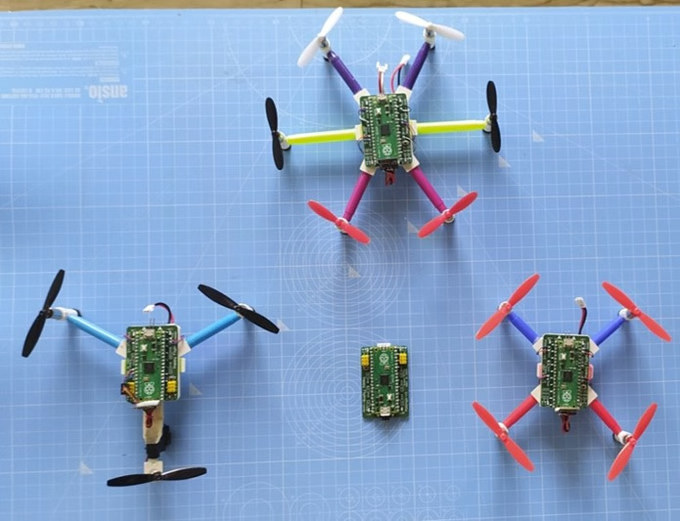Designed by Hartmut Graw, the LispDeck is a Handheld Lisp computer built around the Teensy 4.1 microcontroller for Lisp programming on the go. It features a dual-screen setup with a 5-inch touchscreen and, a secondary ST77350-based TFT display. It also has an Adafruit RFM96 radio module, an ESP8266 Wi-Fi module, a rotary encoder, an SD card for storage, and a detachable wireless USB keyboard, all housed in a 3D-printed case. Running the uLisp language, it features a standalone Lisp programming environment without needing a PC or tablet. It is an evolution of the LispBox, with a portable and battery-powered design, which also maintains compatibility. Unlike Raspberry Pi-based cyberdecks, the LispDeck is designed for complete control over the system without the complexity of Linux. It is useful for Lisp enthusiasts who want a compact, dedicated computing device that’s fully documented. LispDeck Specifications SoC – NXP i.MX RT1062 via Teensy 4.1 board […]
Xcrhom T4S WiFi outdoor smart socket features power meter function, Tasmota open-source firmware
ESPHome is the favorite open-source firmware of Smart Home devices, but Tasmota is another option that’s been available for many years. We’ve just seen fewer products based on Tasmota (previously Sonoff-Tasmota) in recent years, but it recently showed up on a credit card-sized quad relay board, and I’ve just come across Maker Go’s Xcrhom T4S WiFi Outdoor Smart Socket that also ships with Tasmota firmware and sells on AliExpress for $24.88 shipped. The Xcrhom T4S exposes two sockets with dust and rainproof covers to be used safely outdoors, integrates a power meter, and the Tasmota firmware enables MQTT support, Home Assistant compatibility, and support for Amazon Alexa and Google Assistant. Xcrhom T4S specifications: Two EU sockets Max load – 3680W in total (16A x 230V) Rated Current – Up to 16A in total Power Input – 100 to 240V AC 50Hz Wireless – 2.4 GHz 802.11b/g/n WiFi 4; Tx power […]
The Deauther Watch V4S IR is a Wi-Fi hacker watch that can run up to 21 scripts via IR remote for wireless and HID attacks
We previously wrote about the Deauther Watch X used for wireless pentesting. The company has now released the Deauther Watch V4S IR an Wi-Fi hacker watch with a built-in infrared (IR) remote control for executing several scripts stored on a microSD card. It supports deauther attacks, Bad USB (HID) attacks, WiFi packet monitoring, and real-time clock adjustments. The new version features a 1,000mAh battery that can be charged via USB and it comes with includes a Type-C power cable, acrylic cover, and software manual. You can modify the Ducky Script inside the text files but must keep the filenames unchanged for proper operation. These features make this tool useful for cybersecurity professionals and enthusiasts for network security testing, penetration testing, and more. Deauther Watch V4S IR specifications: MCU – ESP8266 WiFi SoC @ up to 160 MHz with 160KB SRAM, 4MB SPI flash Storage – MicroSD card (preloaded with 21 […]
BANDIT PC32 standalone ColorForth keyboard computer is powered by the Raspberry Pi RP2350 microcontroller
BANDIT PC32 is a Raspberry Pi RP2350-powered keyboard computer that runs a graphically-oriented version of the ColorForth programming environment. The BANDIT PC32 is primarily aimed at on-the-go use for programming video games. The custom, 32-key split keyboard takes up most of the build, with a 3.2-inch 320 x 240 capacitive display in the center. It also features an HDMI port for connecting a larger external display. The 48-pin GPIO is divided into two female headers and can be used to interface with other devices directly. This is the second version of the Bandit standalone computer, building on an early prototype based on the RP2040 microcontroller. We have seen several interesting RP2350-based products like the Inky Frame 7.3”, 4D Systems display modules, and Jumperless V5 programmable breadboard. However, this is the first RP2350 standalone computer we have come across. It shares some similarities with the ESP32 Rainbow. BANDIT PC32 ColorForth specifications: […]
ESP Offline Programmer flashes firmware to ESP32 and ESP8266 modules without PC
The ESP Offline Programmer is an ESP32 board with a microSD card slot designed to flash the firmware to other ESP32 or ESP8266 modules without a PC. You’ll still need one to copy the firmware to a microSD card, but once it’s done you can just insert the microSD card into the board and after wiring is done ideally using a jig, start the flashing sequence with the press of a button. In some ways, it’s the hardware equivalent of the esptool utility and can be useful for remote deployment where carrying a laptop may not always be convenient and potentially for flashing hundreds or thousands of modules using multiple ESP Offline Programmers in a way that’s faster than using computers. ESP Offline Programmer specifications: Wireless module – Espressif Systems ESP32-WROOM-32E ESP32 dual-core Tensilica LX6 microcontroller Storage – 4MB flash Wireless 2.4 GHz WiFi and Bluetooth LE connectivity, built-in PCB […]
ESP8266-powered Netgotchi network security scanner aims to protect your home network
The Netgotchi network security scanner is a simple, compact device based on an ESP8266 wireless microcontroller with a single goal: to defend your home network from intruders and potential bad actors. It is described as “Pwnagotchi’s older brother,” a network guardian that keeps your network safe instead of penetrating it. If you are unfamiliar with Pwnagotchi, it is an A2C-based (advantage actor-critic) “AI” that can penetrate Wi-Fi networks using WPA key material obtained from passive sniffing or de-authentication attacks. The Netgotchi is a reverse Pwnagotchi that alerts you to intruders or breaches in your network. It runs on a simple microcontroller and cannot employ reinforcement learning like the Pwnagotchi. Rather, it pings the network periodically and reports any new potential security threats. The device’s design is as simple as its purpose. It is an ESP8266 microcontroller connected to an OLED display and running an Arduino .ino script, enclosed in a […]
Flipper Zero hacking tool gets ESP8266 Deauther add-on for Wi-Fi security and research
PCB Studios has just launched the “Flipper Zero ESP8266 Deauther” adapter board for Flipper Zero that enables users to conduct de-authentication attacks on Wi-Fi networks. Running a modified version of SpacehuhnTech’s ESP8266 Deauther software, this board has a variety of actions for testing 802.11 wireless networks. Its primary function, deauthentication, sends deauthing packets to the target network, disconnecting devices from their 2.4 GHz Wi-Fi networks. In our last post about Flipper Zero, we wrote about Flipper Add-On CANBus a CAN bus hacking tool that can sniff, send, and log CAN bus packets. Other than that we have seen similar tools like the M1 multitool and HackBat which can be considered as Flipper Zero alternatives with STM32H5 and Raspberry Pi RP2040 MCUs and Wi-Fi connectivity. We have also written about various ESP8266 and ESP32-based Deauther tools like the DSTIKE Deauther Watch X, the Cheap Evil Tech Deauther board, and ESP32 Marauder […]
PiWings 2.0 is a tiny drone based on Raspberry Pi Pico and ESP8266 WiFi module (Crowdfunding)
SB Components’ PiWings 2.0 is a small drone combining a Raspberry Pi Pico with an ESP8266 WiFi module (ESP-12E) for wireless connectivity, and designed for STEM education and drone enthusiasts. The PiWings 2.0 board supports up to six motors and four servos, includes a 6-axis IMU for auto-leveling, and features I2C, SPI, UART, and GPIO expansion ports for custom sensor and/or actuator support. The drone itself is offered with three, four, or six rotors. PiWings 2.0 key features and specifications: Microcontroller board – Raspberry Pi Pico with Raspberry Pi RP2040 dual-core Cortex-M0+ microcontroller, 264KB SRAM Wireless module – ESP-12E (ESP8266) WiFi module for iBus support Motor Drivers – 6 channels (3A DC) Servo Motors – 4 channels USB – 1x micro USB port (on Raspberry Pi Pico) Expansion – I2C, SPI, UART, GPIO ports Sensor – On-board 6-axis IMU (MPU6050) for auto-leveling Misc – 4x RGB LEDs Power Supply 3V […]


